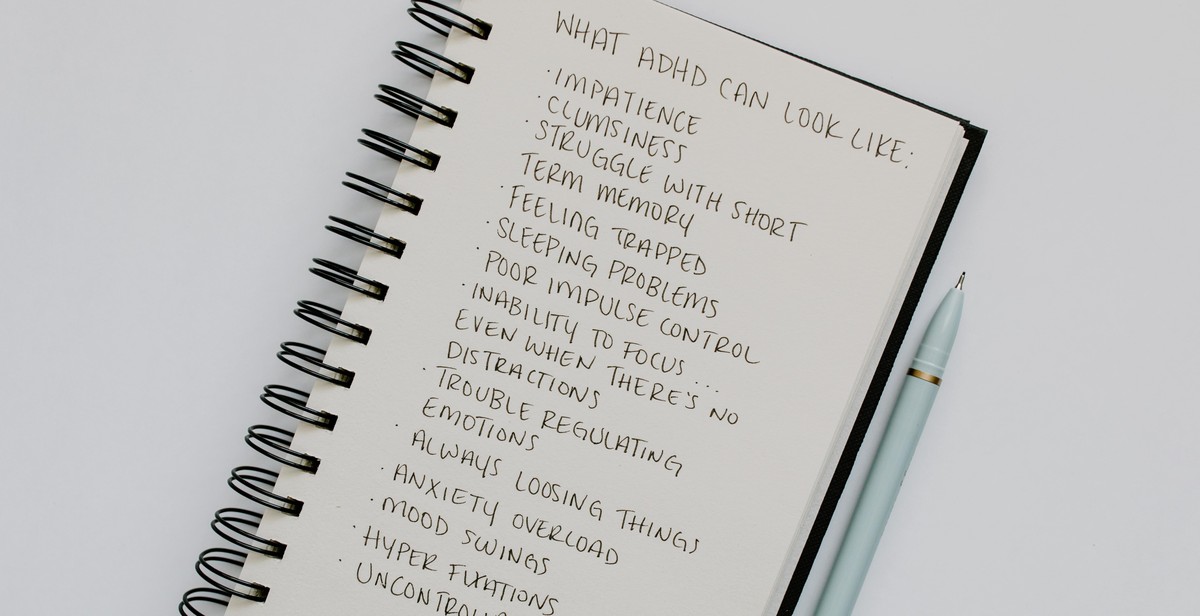Understanding Disordered Eating: Beyond Anorexia and Bulimia
Disordered eating is a complex and often misunderstood topic that goes beyond the commonly known eating disorders of anorexia and bulimia. It is estimated that up to 30 million people in the United States alone suffer from some form of disordered eating, making it a prevalent issue that deserves more attention.
What is Disordered Eating?
Disordered eating refers to a wide range of abnormal eating behaviors that can have serious physical and psychological consequences. Unlike anorexia and bulimia, which are classified as specific eating disorders, disordered eating is not a diagnosable condition. Instead, it is a term used to describe a variety of unhealthy eating patterns that can affect anyone, regardless of age, gender, or body type.
Types of Disordered Eating
Disordered eating can take many different forms, including:
- Restrictive eating
- Binge eating
- Compulsive overeating
- Emotional eating
- Nighttime eating syndrome
- Orthorexia (an obsession with healthy eating)
Each type of disordered eating can have unique symptoms and consequences, and may require different treatments.
Why is Understanding Disordered Eating Important?
Disordered eating can have serious physical and psychological consequences, including malnutrition, gastrointestinal problems, depression, and anxiety. Understanding the different types of disordered eating and their potential consequences is crucial for identifying and treating these issues before they become more serious.
As a professional article writer and content creator with years of experience in the field, I have seen firsthand the importance of raising awareness about disordered eating and providing accurate information to those who may be struggling with these issues. Through education and support, we can help those affected by disordered eating to lead healthier, happier lives.

What is Disordered Eating?
Disordered eating refers to a wide range of abnormal eating behaviors that do not meet the criteria for a specific eating disorder, such as anorexia nervosa or bulimia nervosa. It is a pattern of eating that may involve restricting food intake, binge eating, or purging behaviors, and it often causes significant distress and disruption in daily life.
Defining Disordered Eating
The term “disordered eating” encompasses a broad range of eating behaviors that can vary in severity and frequency. These behaviors can include:
- Skipping meals
- Restricting food intake
- Binge eating
- Purging through vomiting, laxatives, or excessive exercise
- Obsessive calorie counting or food tracking
- Using food as a means of coping with emotions or stress
Disordered eating can affect anyone, regardless of age, gender, or body size. It can develop as a result of societal pressure to conform to a certain body type or weight, as well as psychological or emotional issues such as anxiety, depression, or trauma.
Differentiating Eating Disorders from Disordered Eating
While disordered eating and eating disorders share many similarities, it’s important to note that they are not the same thing. Eating disorders are clinically diagnosed conditions that involve specific criteria and behaviors, such as a low body weight or purging after meals. Disordered eating, on the other hand, may involve some of these behaviors but does not meet the full criteria for an eating disorder.
It’s important to seek help if you or someone you know is struggling with disordered eating or an eating disorder. A healthcare professional can provide a proper diagnosis and develop a treatment plan that addresses the physical, emotional, and psychological aspects of the condition.

Types of Disordered Eating
Disordered eating refers to a wide range of abnormal eating habits that negatively affect a person’s physical and mental health. While anorexia nervosa and bulimia nervosa are the most commonly known types of disordered eating, there are several other forms that are just as serious and prevalent.
Orthorexia
Orthorexia is a relatively new term used to describe a fixation with eating only “healthy” foods. People with orthorexia may become so obsessed with eating clean and pure foods that they avoid entire food groups or become malnourished. This type of disordered eating often stems from a desire to control one’s health and appearance.
Night Eating Syndrome
Night Eating Syndrome (NES) is a type of disordered eating characterized by consuming a majority of daily calories after the evening meal. People with NES may wake up in the middle of the night to eat or have intense cravings that lead to binge eating. This type of disordered eating is often associated with depression and anxiety.
Binge Eating Disorder
Binge Eating Disorder (BED) is a type of disordered eating characterized by consuming large amounts of food in a short period of time. People with BED often feel a loss of control during binge episodes and experience shame and guilt afterwards. This type of disordered eating can lead to serious health problems such as obesity, heart disease, and diabetes.
- Orthorexia is a fixation with eating only “healthy” foods.
- Night Eating Syndrome is characterized by consuming a majority of daily calories after the evening meal.
- Binge Eating Disorder is characterized by consuming large amounts of food in a short period of time.

Causes of Disordered Eating
Disordered eating is a complex issue that can have various underlying causes. While anorexia nervosa and bulimia nervosa are well-known types of disordered eating, there are many other forms, such as binge eating disorder, orthorexia, and avoidant/restrictive food intake disorder (ARFID). The following are some of the common factors that can contribute to disordered eating:
Biological Factors
Research has shown that genetics can play a role in the development of disordered eating. Studies have found that individuals with a family history of eating disorders are more likely to develop one themselves. Additionally, certain brain chemicals, such as serotonin and dopamine, have been linked to disordered eating patterns. Hormonal imbalances can also contribute to disordered eating behaviors, especially in women.
Psychological Factors
Psychological factors can also contribute to disordered eating. Low self-esteem, anxiety, depression, and perfectionism are all common risk factors. Traumatic life events, such as abuse or a major loss, can also trigger disordered eating behaviors. Additionally, individuals with obsessive-compulsive disorder (OCD) or other mental health conditions may be more likely to develop disordered eating patterns.
Sociocultural Factors
Sociocultural factors, such as societal pressure to be thin, can also contribute to disordered eating. The media often portrays thinness as the ideal standard of beauty, leading many individuals to engage in extreme dieting or exercise behaviors. Additionally, cultural norms around food and body image can play a role in the development of disordered eating patterns. For example, in some cultures, being overweight is seen as a sign of wealth and status, while in others, thinness is highly valued.
It is important to note that disordered eating can have multiple causes and is not always the result of one specific factor. By understanding the various factors that can contribute to disordered eating, individuals can better recognize the signs and seek appropriate treatment.

Signs and Symptoms of Disordered Eating
Disordered eating is a complex issue that can affect anyone, regardless of their age, gender, or background. It involves a range of abnormal eating behaviors that can have serious physical, psychological, and social consequences. Here are some signs and symptoms of disordered eating:
Physical Signs
- Significant weight loss or gain
- Abnormal menstrual cycles in women
- Frequent digestive problems, such as bloating, constipation, or diarrhea
- Dehydration
- Fainting or dizziness
- Low energy levels and fatigue
Behavioral Signs
- Obsessive calorie counting or food tracking
- Skipping meals or eating very small portions
- Excessive exercising
- Hoarding or hiding food
- Avoiding social events that involve food
- Using laxatives, diuretics, or other weight-loss supplements
Psychological Signs
- Distorted body image or a preoccupation with weight and shape
- Feelings of guilt or shame after eating
- Low self-esteem and self-worth
- Anxiety or depression
- Social withdrawal or isolation
- Difficulty concentrating or focusing
If you or someone you know is experiencing any of these signs and symptoms, it is important to seek professional help as soon as possible. Disordered eating can have serious long-term effects on physical and mental health, and early intervention is key to recovery.

Treatment for Disordered Eating
Disordered eating is a complex issue that requires a comprehensive treatment approach to address the physical, psychological, and emotional aspects of the disorder. Treatment for disordered eating typically involves a combination of therapy, nutrition counseling, and medical treatment.
Therapy
Therapy is an essential component of treatment for disordered eating. It can help individuals identify the underlying causes of their disordered eating behaviors, develop coping skills, and learn healthy ways to manage stress and emotions. Cognitive-behavioral therapy (CBT) is a common form of therapy used to treat disordered eating. CBT focuses on changing negative thoughts and behaviors related to food and body image.
Nutrition Counseling
Nutrition counseling is another critical component of treatment for disordered eating. A registered dietitian can help individuals develop a healthy relationship with food, learn about balanced nutrition, and develop a meal plan that meets their nutritional needs. Nutrition counseling can also help individuals learn to listen to their bodies’ hunger and fullness cues, which is essential for developing a healthy relationship with food.
Medical Treatment
Medical treatment may be necessary for individuals with severe disordered eating. In some cases, hospitalization may be required to stabilize an individual’s physical health. Medications may also be prescribed to manage symptoms such as anxiety or depression. It is essential to work with a healthcare provider to determine the appropriate medical treatment plan.
| Therapy | Nutrition Counseling | Medical Treatment |
|---|---|---|
| Cognitive-behavioral therapy (CBT) | Registered dietitian | Hospitalization (if necessary) |
| Dialectical behavior therapy (DBT) | Meal planning | Medications for anxiety or depression |
| Interpersonal therapy (IPT) | Nutrition education |
Overall, treatment for disordered eating requires a multidisciplinary approach that addresses both the physical and psychological aspects of the disorder. It is essential to work with a team of healthcare professionals to develop an individualized treatment plan that meets your unique needs and goals.

Conclusion
Disordered eating is a complex and multifaceted issue that affects millions of people worldwide. While anorexia and bulimia are the most well-known types of disordered eating, there are many other forms that can be just as damaging to a person’s health and well-being.
It’s important to understand that disordered eating is not a choice or a lifestyle, but rather a serious mental health condition that requires professional help to overcome. If you or someone you know is struggling with disordered eating, it’s important to seek help as soon as possible.
Getting Help for Disordered Eating
There are many resources available for those who are struggling with disordered eating. Some options include:
- Seeking help from a mental health professional, such as a therapist or counselor
- Joining a support group or attending a support group meeting
- Talking to a trusted friend or family member about what you’re going through
- Learning more about disordered eating and how to manage it through self-help resources, such as books or online articles
The Road to Recovery
Recovery from disordered eating is possible with the right help and support. It’s important to remember that recovery is a journey, and it may take time and effort to overcome the challenges of disordered eating. However, with the right tools and resources, you can learn to manage your symptoms and live a healthy, fulfilling life.
| Resource | Contact Information |
|---|---|
| National Eating Disorders Association | www.nationaleatingdisorders.org |
| National Association of Anorexia Nervosa and Associated Disorders | www.anad.org |
| Overeaters Anonymous | www.oa.org |
Remember, you are not alone in your struggle with disordered eating. With the right help and support, you can overcome this challenge and live a healthy, happy life.
